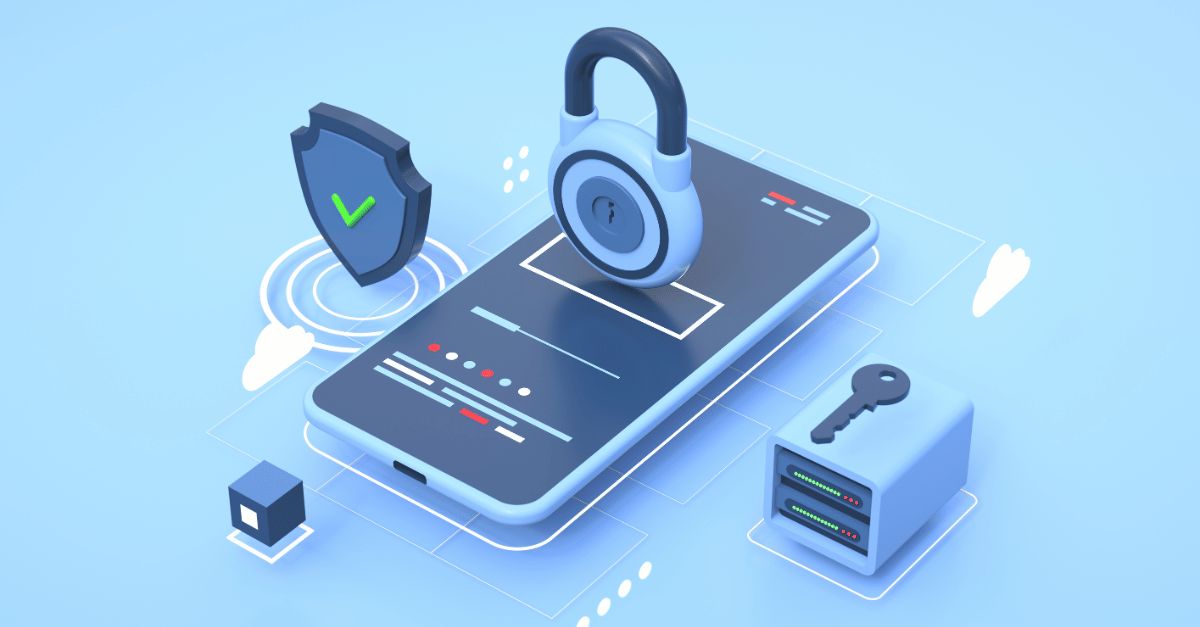In this hyper-connected world, where internet-enabled devices are widespread, protecting your WiFi is crucial. The increase in connected devices necessitates a strong security approach to prevent possible misuse. Hackers can use vulnerabilities to steal personal information, compromise funds, and invade privacy. This article looks into fundamental practices for strengthening WiFi security, providing tips on configuring and utilizing devices wisely.
Explore Provider and Router Options
Ensure the security of your wireless network by leveraging resources from your internet service provider and router manufacturer. Explore their websites' customer support sections for tailored advice and step-by-step instructions on strengthening your network. Taking proactive steps based on their recommendations can significantly enhance the overall security of your wireless connection, safeguarding your data and ensuring a more resilient online experience.
Encrypting Network Data
Securing your data with WiFi encryption prevents unauthorized access. Various encryption algorithms, including WPA2, WPA3, and Wi-Fi Protected Access, ensure robust protection for information exchanged between WiFi routers and mobile devices. WPA3 is currently the strongest encryption available. WPA and WPA2 are still accessible; however, it is recommended that you use equipment that supports WPA3, as utilizing the older protocols may leave your network vulnerable to unauthorized access by unidentified users.
Install a Firewall
To enhance your cybersecurity, installing a firewall is crucial. Opt for a host-based firewall on your wireless devices and complement it with a router- or modem-based firewall on your home network. This dual approach fortifies your defense against potential threats. While a network firewall shields your entire home network, a host-based firewall provides an additional layer of protection for the data stored on individual devices, safeguarding against attackers who might exploit vulnerabilities in your wireless network.
Protect your Service Set Identifier
Avoid sharing your SSID publicly to avoid unauthorized access. Most Wi-Fi routers enable users to secure their device's SSID, adding complexity for potential attackers attempting to locate networks. For increased protection, customize your SSID with a unique identifier. Avoid keeping the default manufacturer's setting, as this may expose the router type and potential vulnerabilities. Taking these precautions strengthens your network against intrusion and minimizes the risk of exploitation. Similarly, you can also conduct an online Speedtest of your internet to ensure secure internet performance.
Use Caution When Sharing Files
When not in use, file sharing between devices must be disabled. You should only enable the file sharing option on your home or workplace networks, never on public networks. Consider setting up a separate directory for file sharing and restricting access to all other directories to improve overall network security. Singtel, for instance, prioritizes WiFi security through robust encryption protocols and advanced cybersecurity measures, ensuring a secure online experience for its users.

